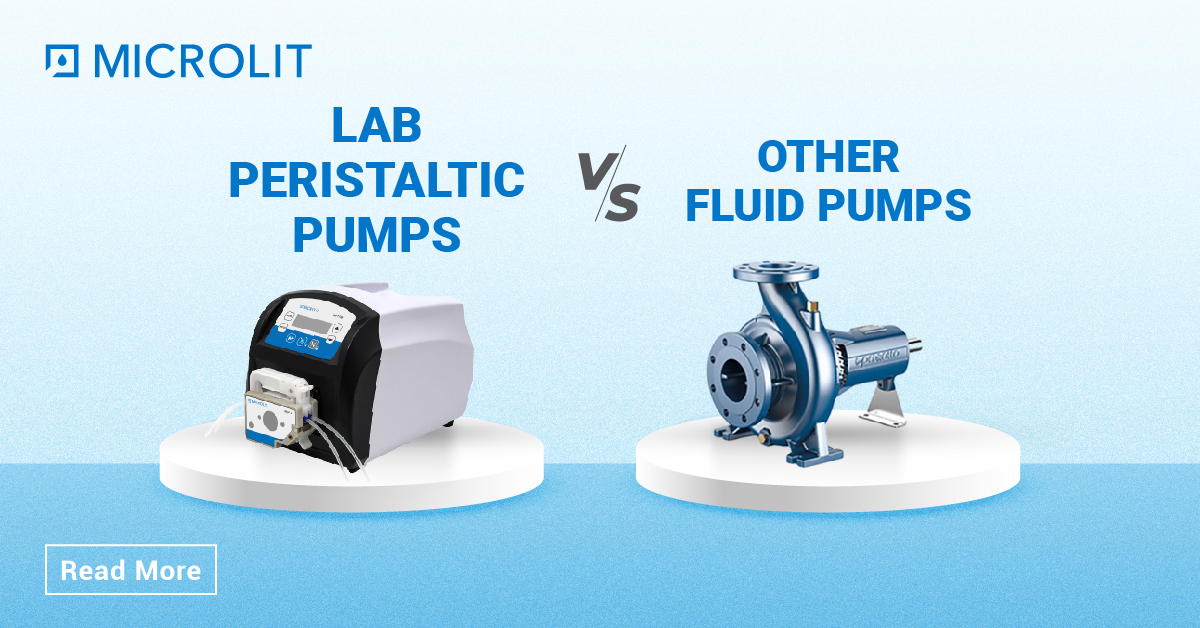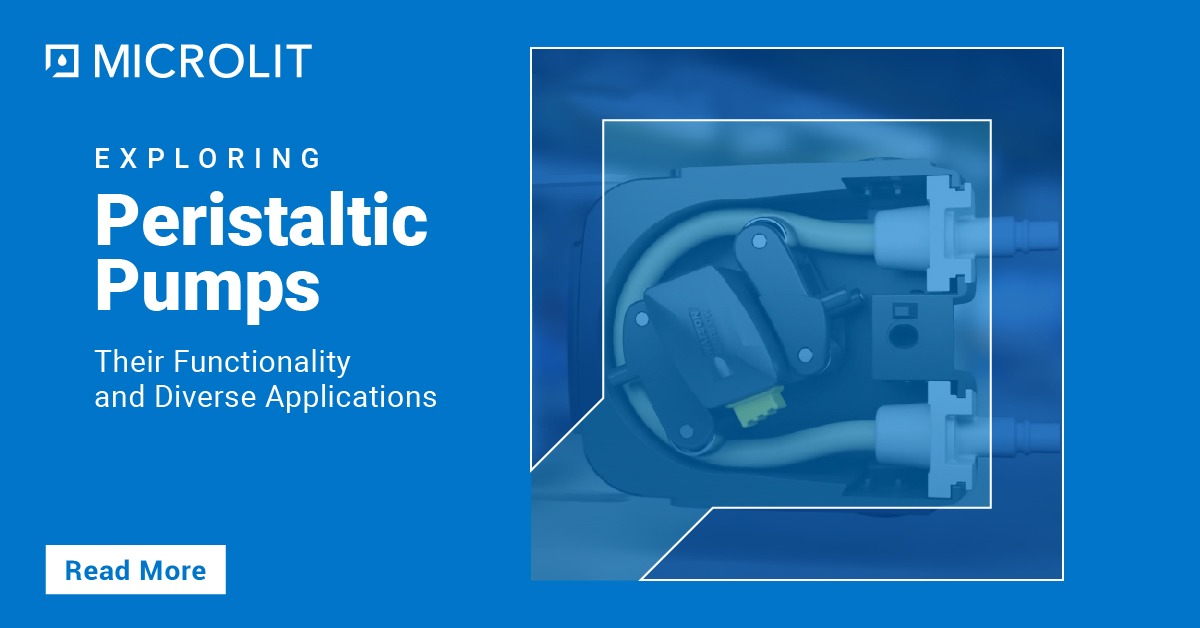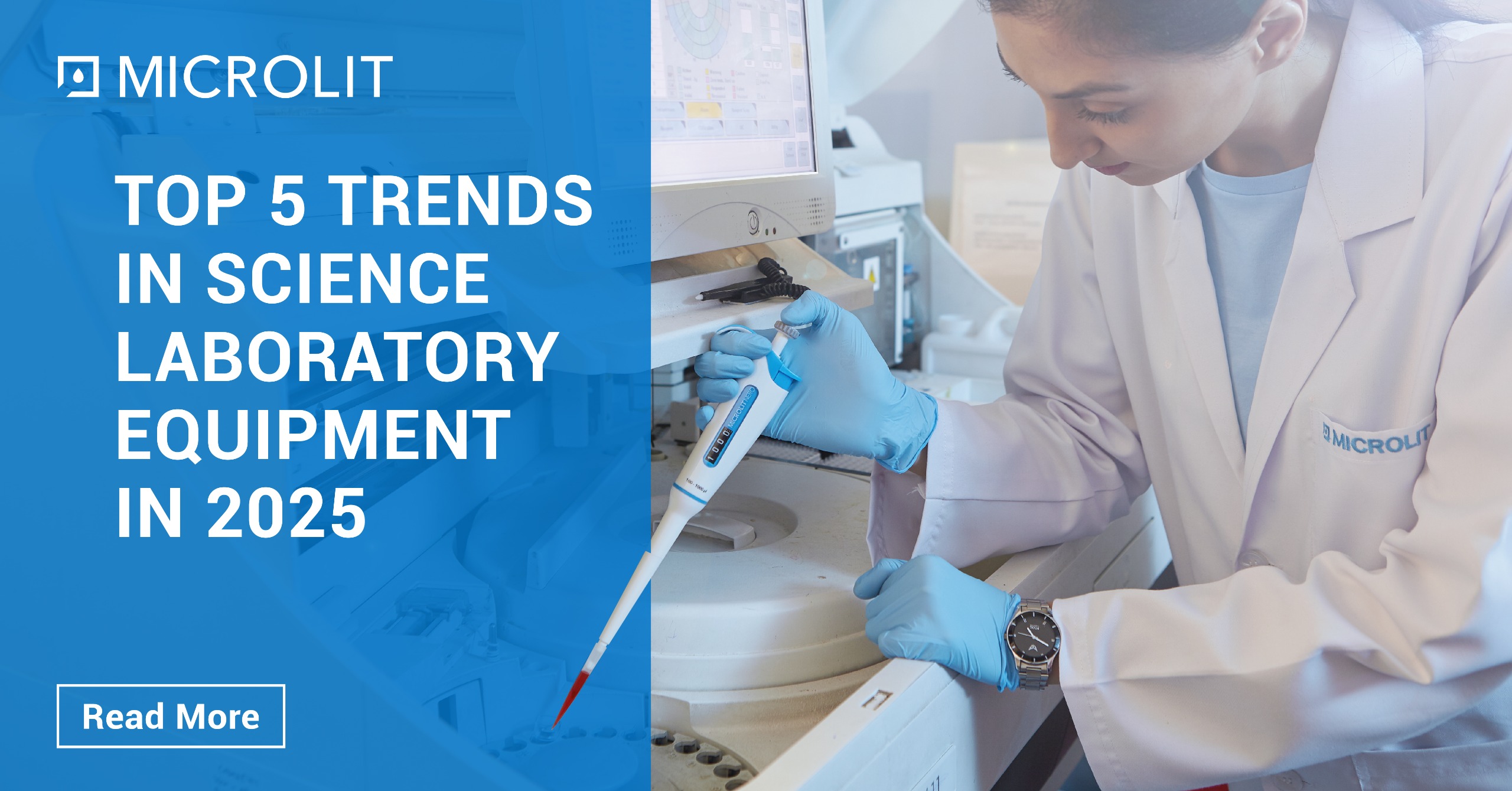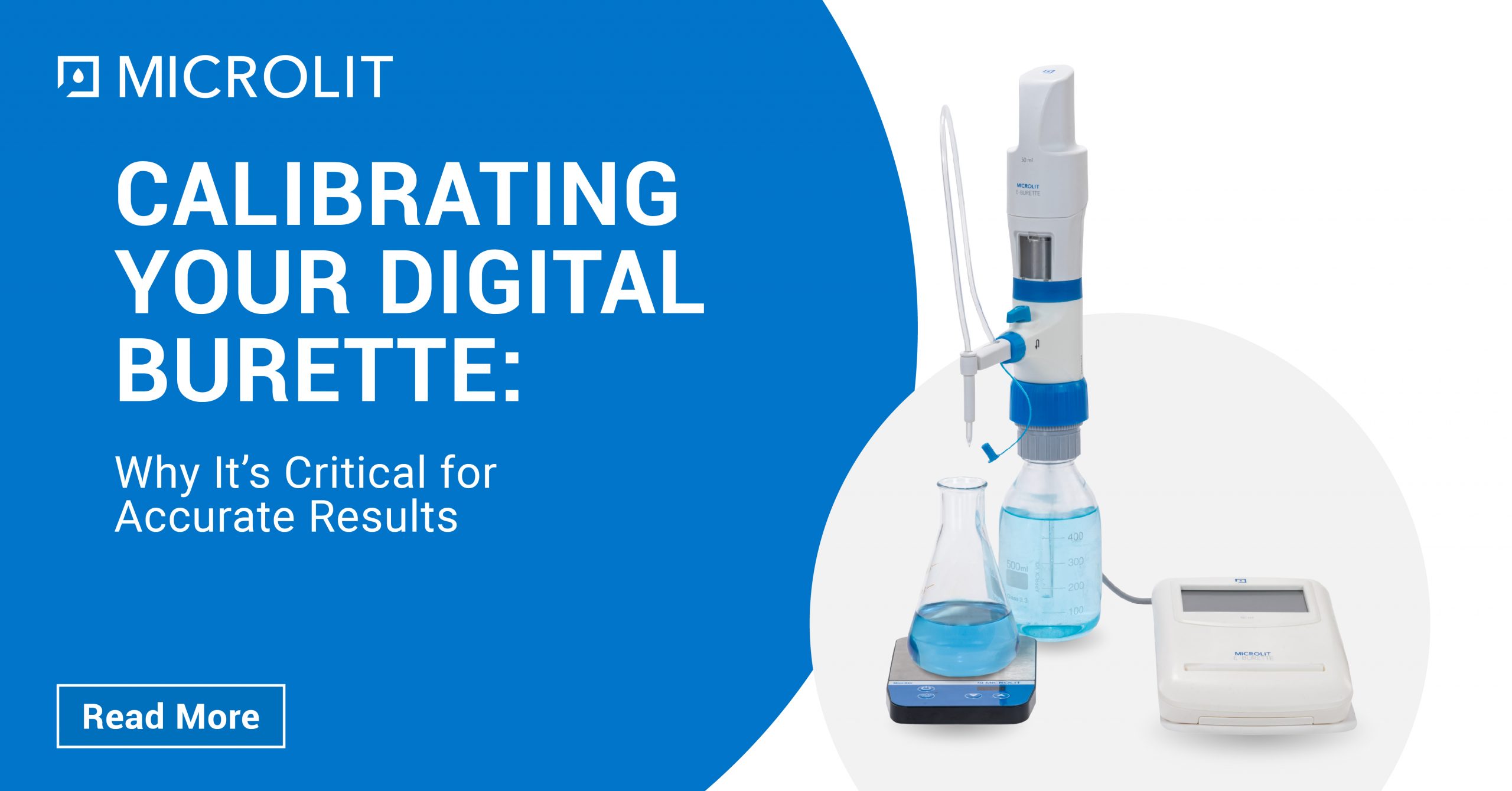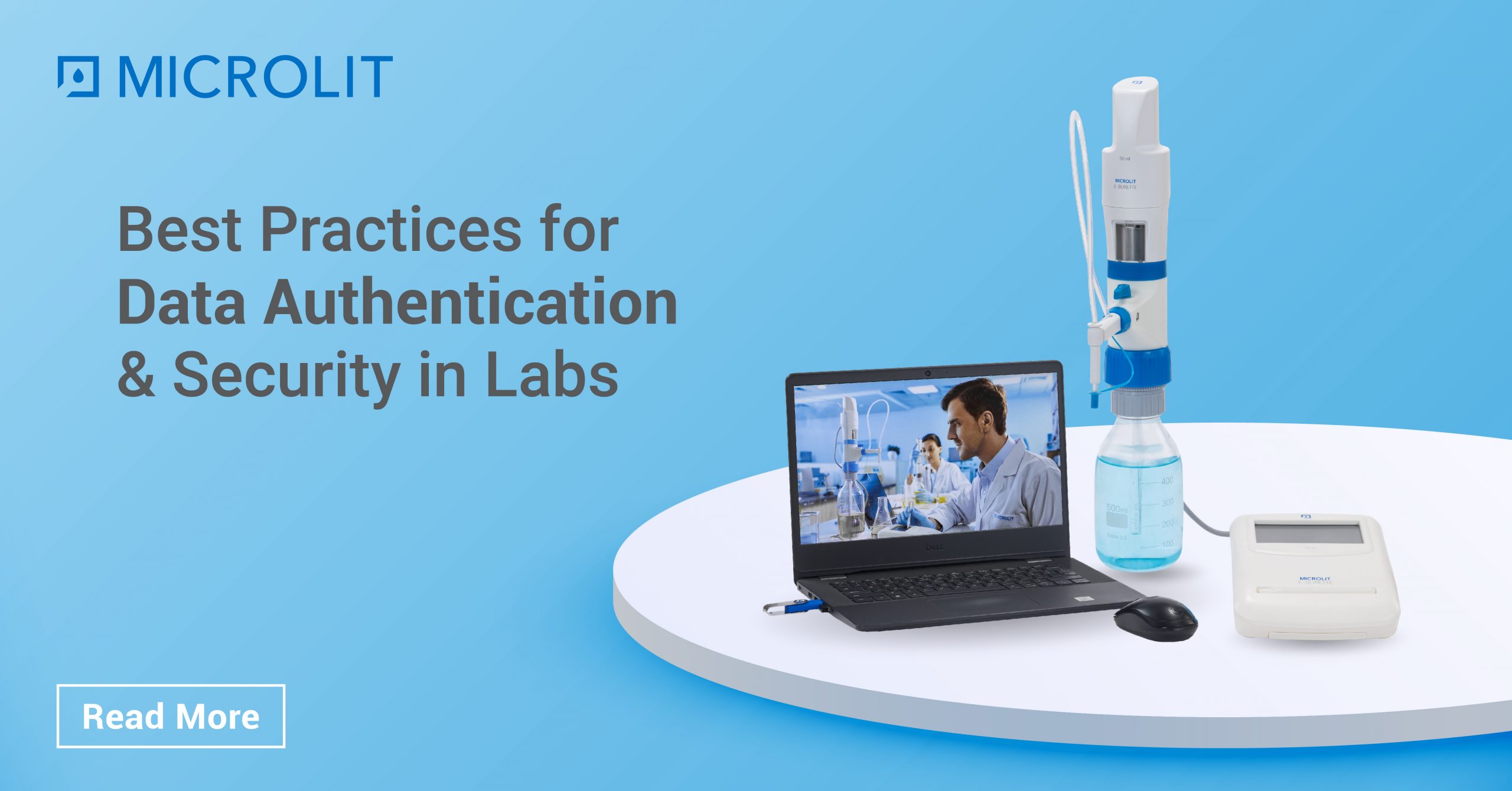The Role of Calibration in Ensuring Precision in Liquid Handling Instruments
- November 17, 2023
- ENQUIRE NOW
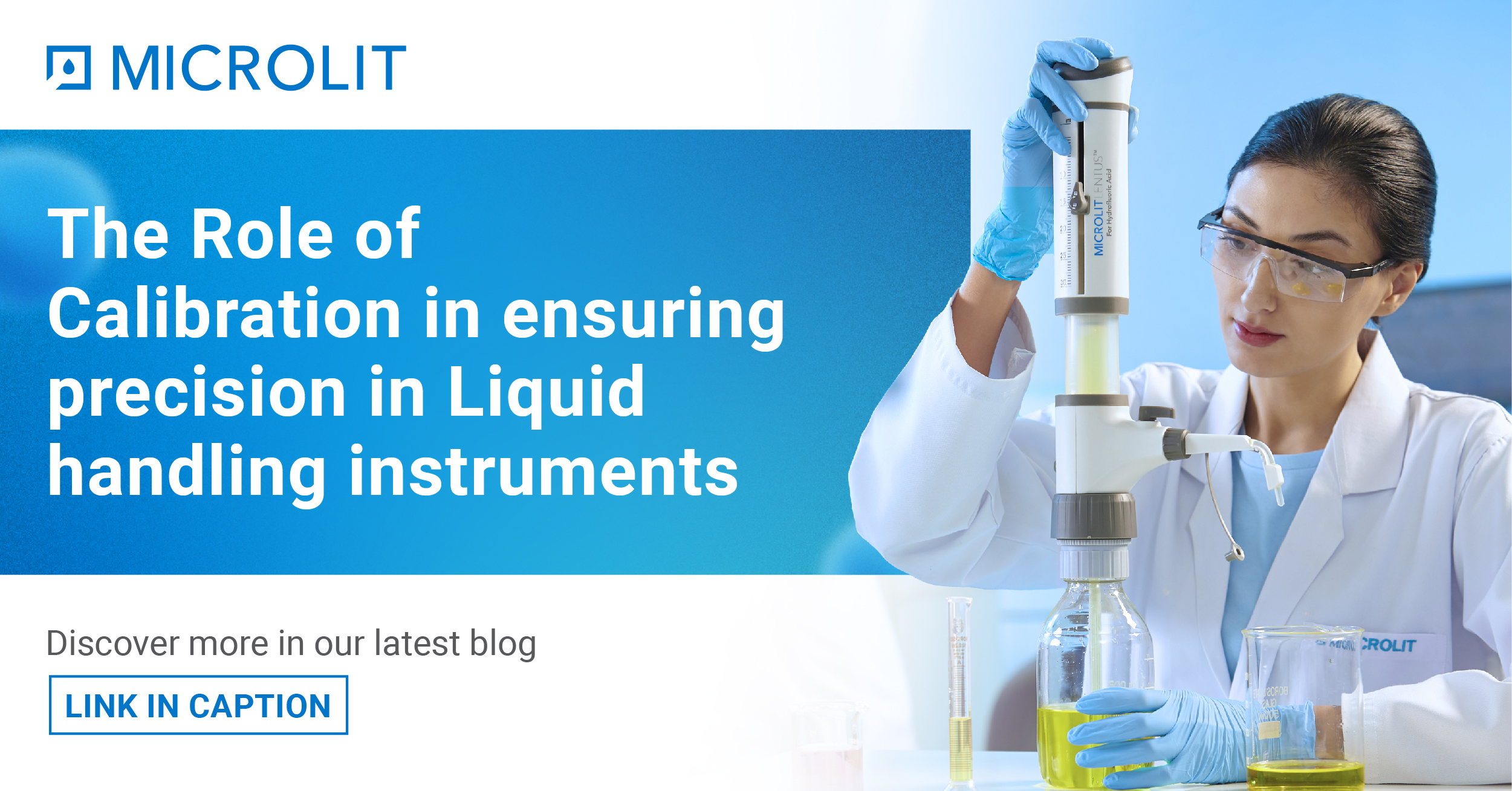
In the realms of scientific research, clinical diagnostics, pharmaceuticals and a variety of other industries, precision is of paramount importance. The accuracy of experiments, diagnostic tests and manufacturing processes relies heavily on precisely manipulating liquids. To attain this level of accuracy, scientists and technicians employ liquid handling instruments, such as pipettes, burettes and automated liquid handlers. However, the assurance that these instruments consistently deliver precise and accurate results doesn’t rest solely on the devices themselves; it also hinges on the calibration process. This article will delve into the crucial role of calibration in ensuring precision in liquid handling instruments.
What is Calibration?
Calibration involves comparing a measurement device, in this context, a liquid handling instrument, to a known and traceable standard. The aim is to fine-tune and adjust the instrument to provide accurate and precise measurements. It represents a quality control process that is indispensable for upholding the integrity of experiments and processes that involve liquid handling.
Need for Calibration
The significance of precision in liquid handling cannot be overstated for several reasons:
1. Ensuring Accurate Research Results
In scientific research, even the slightest variations in liquid volumes can lead to inaccurate or irreproducible results. Precise liquid handling is imperative for generating dependable data.
2. Vital for Clinical Diagnostics
In clinical laboratories, precise liquid handling can be a matter of life and death. Accurate diagnostic tests rely on careful and precise handling of reagents and samples.
3. Demands of the Pharmaceutical Industry
The pharmaceutical sector necessitates precision to ensure that drug formulations remain consistent and that patients receive the correct dosages.
4. Quality Control in Manufacturing
Precision in liquid handling is pivotal to meet quality control standards and avert product defects.
What is the Use of Calibration?
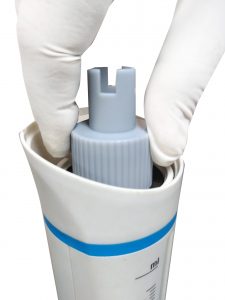
Calibration involves comparing measurements or readings taken by a device to a known standard to detect and correct any discrepancies.
This process is essential in various fields, including manufacturing, healthcare, and scientific research, where precise measurements are vital.
Calibration helps maintain the quality and consistency of measurements, ensuring product quality, safety and compliance with industry standards.
It’s also essential for maintaining the accuracy of medical equipment, laboratory instruments and even consumer devices.
In essence, calibration guarantees that we can trust the data and results generated by these instruments, which is crucial for making informed decisions and achieving reliable outcomes.
How do you perform calibration in different instruments?
Micropipettes
The efficiency and reliability of laboratory experiments greatly depend on the precision of laboratory instruments and Microlit offers a range of high-quality micropipettes with advanced calibration technologies.
One of their standout products is the Microlit Nero®, available in single-channel and multi-channel variants. What sets the Microlit Nero® apart is its unique patented UniCal® technology. This calibration mechanism allows for quick in-lab calibration in a single operation without disengaging the digits from the plunger mechanism, ensuring consistent accuracy in practical lab conditions.
How is patented UniCal® Technology Beneficial?
- It eliminates the inconvenience caused by the hit-and-trial method of calibration.
- It saves the cost and time of sending the instrument to another facility for third party calibration.
- It enables the user to re-calibrate without disassembling any component, disengaging the digits from the plunger or matching calibration markers on the micropipette to the volume adjustment chart in the user manual.
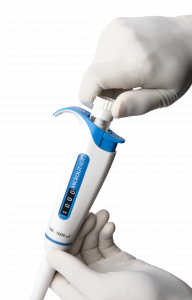
Steps to calibrate a micropipette:
- Gather materials: Collect a balance, distilled water, disposable tips, a container and a calibration kit.
- Prepare micropipette: Clean and attach a tip securely.
- Calibrate balance: Record container weight.
- Prepare water: Fill a separate container.
- Set micropipette: Adjust it to the desired volume.
- Pipette water: Immerse the tip, press the plunger and wait.
- Adjust plunger: Match liquid level to the desired volume.
- Dispense water: Transfer it to the container on the balance.
- Measure weight: Record displayed weight.
- Repeat calibration: Do steps 5-7 at least three times.
- Calculate average and deviation: Find average weight and deviation.
- Make adjustments: Consult the manual for significant deviations.
- Repeat for different volumes.
- Record and document: Keep records for future reference.
- Regular calibration ensures measurement accuracy and minimises errors.
E-Burette
The Microlit E-BURETTE is a cutting-edge Motor Operated Burette, meticulously crafted with sophisticated features and state-of-the-art technology, making it a standout instrument as a laboratory equipment. Calibrating an E-Burette for precise titrations is essential. Here are concise steps on how to do it:
- Inspect: Check the E-Burette for damage and ensure it’s clean.
- Power: Confirm a stable power source or fully charged battery.
- Initialisation: Turn it on to establish a reference point.
- Calibration Mode: Access this mode via the touchscreen control panel.
- Reference Solution: Prepare a known-concentration reference solution.
- Mount Securely: Position the E-Burette correctly on a titration stand.
- Priming: Eliminate air bubbles if required.
- Calibration: In the settings menu, choose Calibration. Follow on-screen instructions to dispense and record reference solution volumes.
- Multiple Points: For accuracy, calibrate at various points in the volume range.
- Record Data: Note discrepancies and calibration data.
- Adjust: Make necessary adjustments per the user manual.
- Re-Calibration: Repeat calibration after adjustments.
- Maintenance: Regularly recalibrate as per the manufacturer’s recommendations.
- Documentation: Keep detailed records for traceability and quality control.
Bottle Top Dispensers
Calibrating a Bottle Top Dispenser is essential to ensure precise and accurate liquid handling in laboratory applications. Calibrating a Bottle Top Dispenser involves several key steps:
 Initialisation: Ensure the dispenser is turned on and initialised properly.
Initialisation: Ensure the dispenser is turned on and initialised properly.- Reference Solution: Prepare a reference solution with a known concentration or volume.
- Secure Mounting: Place the dispenser securely on the bottle or container from which will draw the liquid.
- Calibration Mode: Access the calibration mode on the dispenser if available.
- Dispense and Record: Follow on-screen instructions to dispense the reference solution in a controlled manner. Record the dispensed volume.
- Multiple Points: For accuracy, calibrate at multiple points, typically at the beginning, middle, and end of the dispenser’s volume range.
- Adjust if Necessary: If there are significant discrepancies, consult the user manual to make the required adjustments, which may involve adjusting settings like piston speed.
- Re-Calibration: After adjustments, repeat the calibration process to confirm accuracy.
- Regular Maintenance: Periodically recalibrate the dispenser, especially if it’s used frequently, as recommended by the manufacturer.
- Documentation: Properly document all calibration activities, including dates, calibration solutions used and any adjustments made for traceability and quality control.
Conclusion
In conclusion, calibration is the linchpin of precision regarding liquid handling instruments. It is vital to ensure these instruments provide accurate and consistent results. Whether you are conducting groundbreaking research, diagnosing diseases, manufacturing pharmaceuticals or maintaining strict quality control, the role of calibration in liquid handling instruments cannot be understated. It is the key to achieving the precision that underpins progress and success in numerous fields. Therefore, regular calibration should be an integral part of any laboratory or industry where liquid handling is involved, ensuring that accuracy and reliability are always at the forefront.

